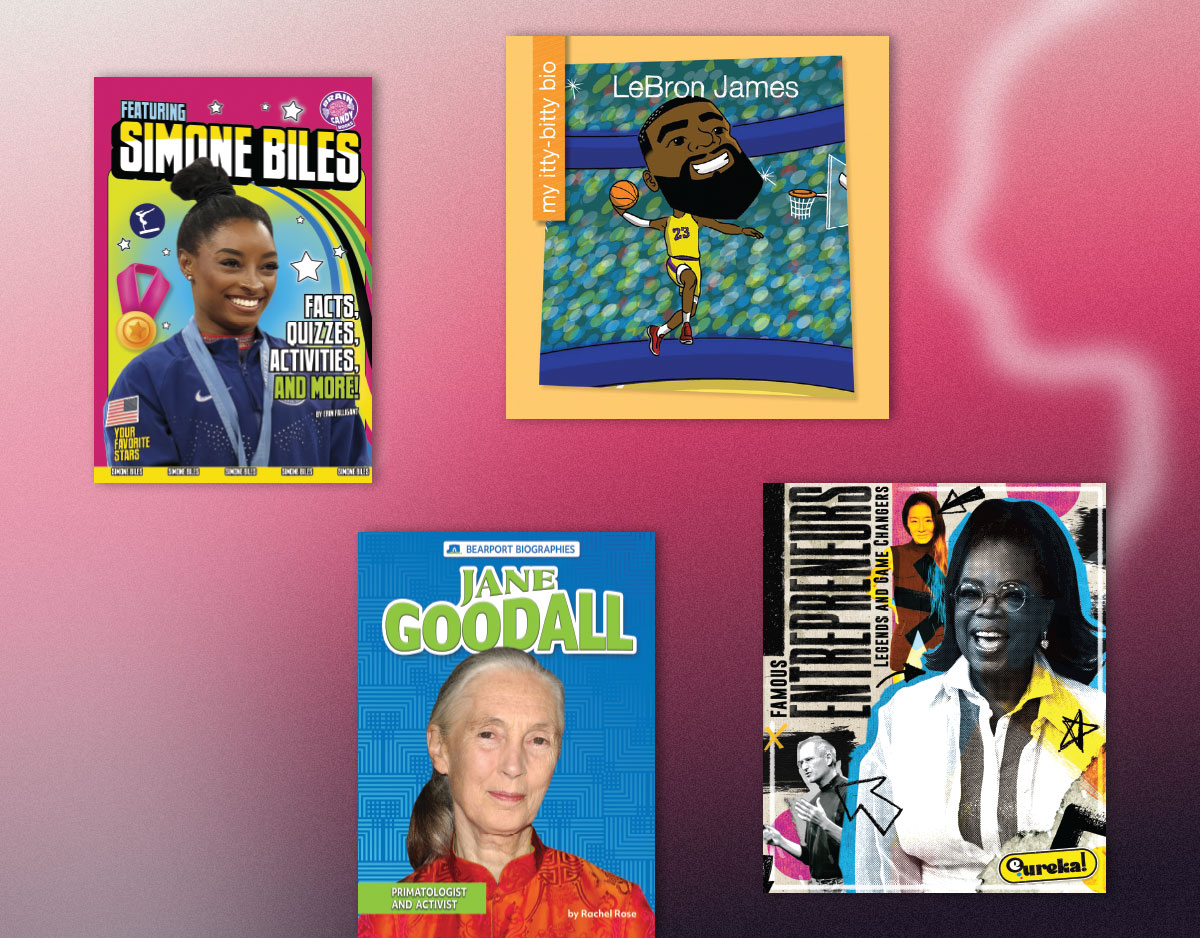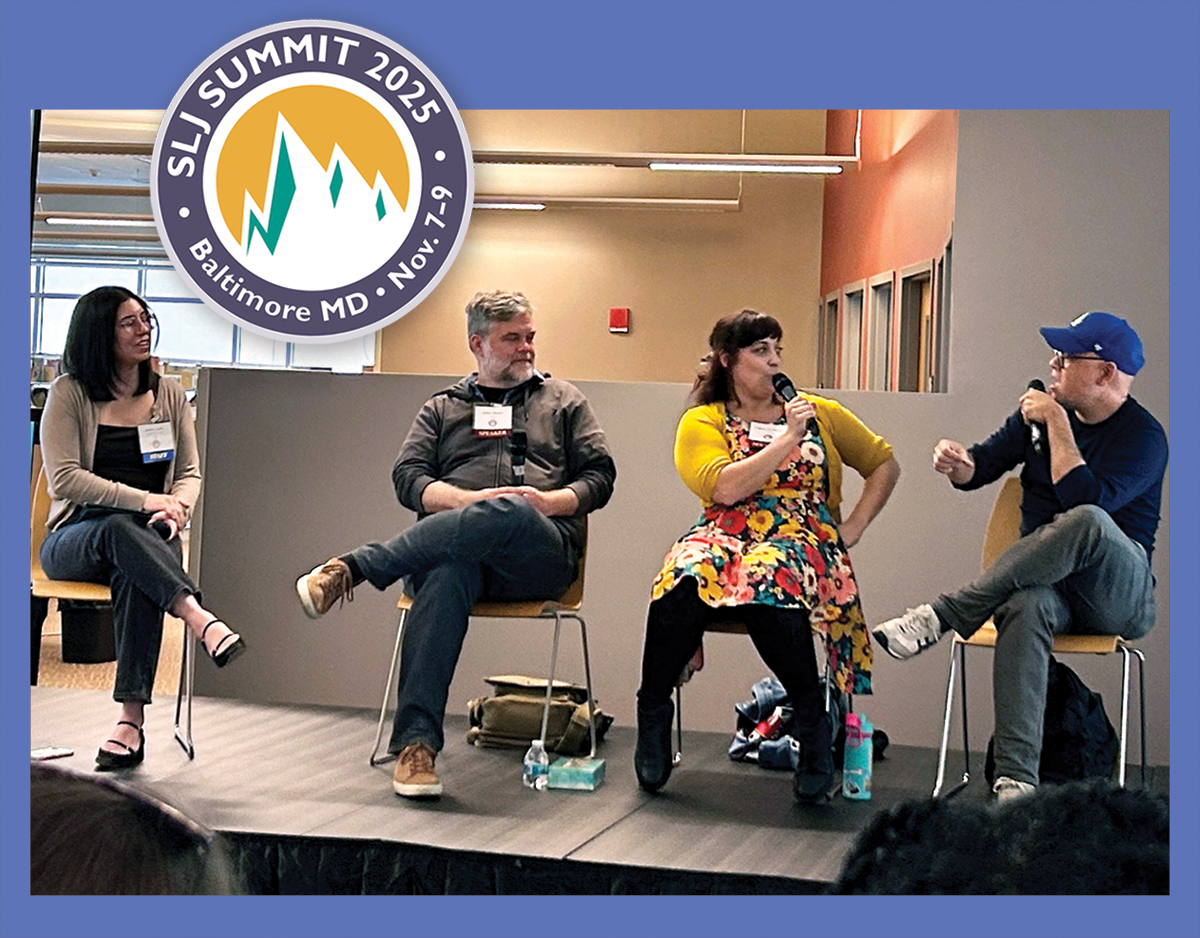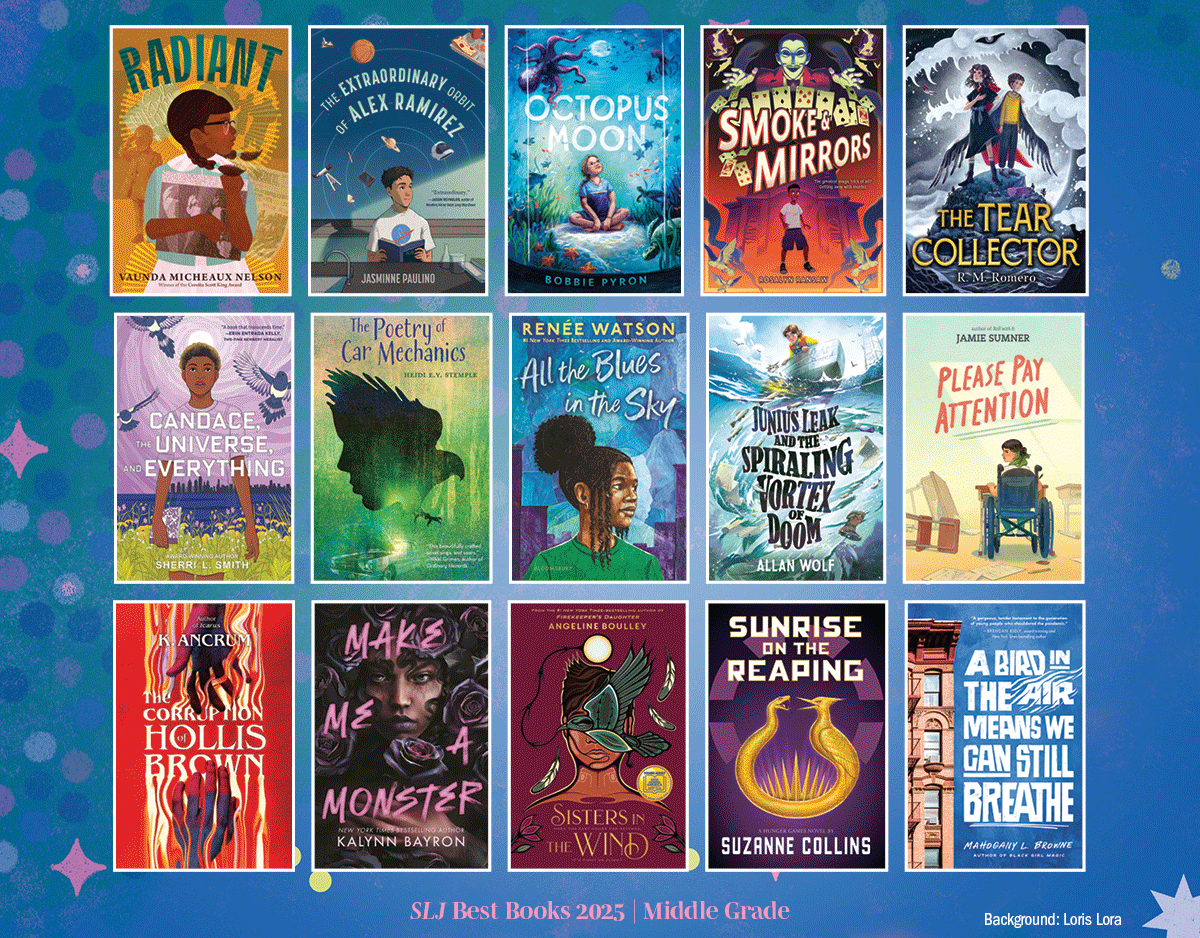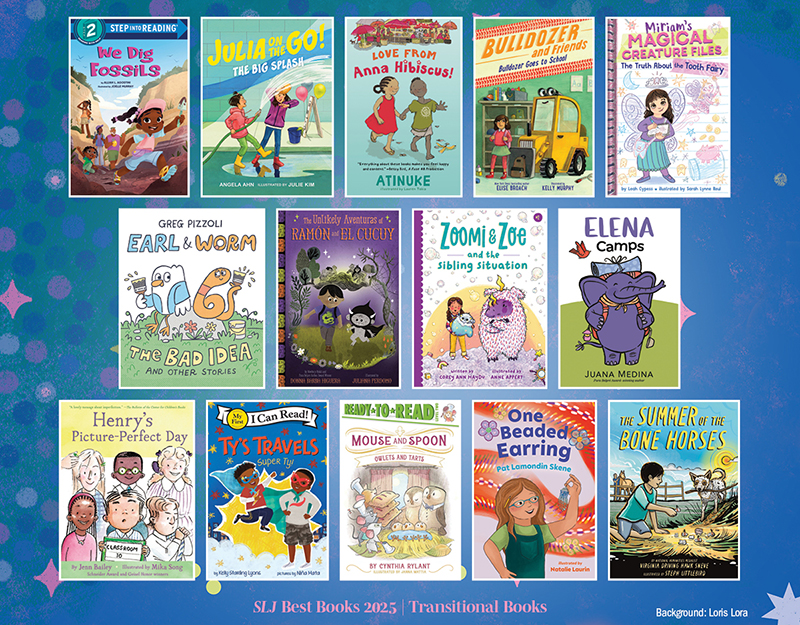SCROLL DOWN TO READ THE POST
LOC introduces its Story Maps
Around a month ago, the Library of Congress announced new curatorial strategies for interactive storytelling around its diverse collections with its Story Maps.
The stories offer users engaging ways to access these collections and leverage data using Geographic Information Systems (GIS) and a new story platform created by ESRI a corporate leader in the areas of mapping and analytics technologies.
LOC Story Maps feature a bounty of primary sources, including period newspapers, images, photographs, quotes as well as innovative, narrative approaches to mapping data.
Check out the current offerings in the chart below and consider how you might embed these and others to come in your planning for the coming school year. The Story Maps collection will grow and likely include many more obvious curricular ties, but beyond those direct ties, consider the power of introducing students to these new multimodal strategies for storytelling as models.
ADVERTISEMENT
ADVERTISEMENT
Imagine the ways in which history students might approach their document-based questions in fresh ways; the models for geographically visualizing data, and for presenting both original and public domain art and photography in alternate narrative forms
I believe Behind Barbed Wire, the story of the daily lives of Japanese-Americans in internment camps during WWII may have the most immediate relevance to K12 teachers and students, with its exploration of sports, religion, education, fun, and comics during this regrettable episode in our history. In addition to Ansel Adams’ stunning photographs, the mapped data in this particular story powerfully help us visualize:
- Evacuation (last permanent addresses of interned Japanese-Americans)
- Assembly Centers
- Internment Camp Locations
- Japanese-American Internment Camp Newspapers
Resources supporting the Behind Barbed Wire Story Map come from the following LOC collections and tools:
- Japanese-American Internment Camp Newspapers
- Ansel Adam’s Photographs of Japanese-American Internment at Manzanar
- Japanese American Internment: Teacher’s Guide and Primary Source Set
Remember that you can choose to scroll the stories or navigate the chapters on the top menu bar.
Here is a list of the Story Maps currently available. More are expected in the coming year!
| Maps That Changed Our World, by Julie Stoner, Rodney Hardy, and Craig Bryant, Geography and Map Division. Using the collections of the Geography and Map Division at the Library of Congress, this Story Map will explore the changes in world maps throughout the centuries and how as a result, perceptions of the world have shifted. This downloadable CSV file provides the mapped data in this Story Map. | |
| A Treasure Trove of Trials, by Francisco Macias, Law Library of Congress. This is a story map is centered on a digitized selection of Law Library of Congress piracy trials. This collection is critical for understanding how various nations of the world handled piracy issues before the year 1900. This downloadable CSV file provides the mapped data in this Story Map. | |
| Surveying the South, by Kristi Finefield, Prints and Photographs Division. Noted architectural photographer Frances Benjamin Johnston created a systematic record of early American buildings and gardens called the Carnegie Survey of the Architecture of the South (CSAS), primarily in the 1930s. This downloadable CSV fileprovides the mapped data in this Story Map. |
|
| Incunabula, by Stephanie Stillo, Rare Book and Special Collections Division. This Story Map will explore major themes in fifteenth-century (incunabula) printing, including: the transition from manuscript to print, early hand-printing methods, the invention of typography, and the integration of woodcut illustrations with type. This downloadable CSV file provides the mapped data in this Story Map. |
|
| Behind Barbed Wire, by Chris Ehrman and Heather Thomas, Serial and Government Publications Division. A unique glimpse into the daily lives of Japanese-Americans in internment camps during WWII through the digitized collection of internment camp newspapers at the Library of Congress. This downloadable CSV file provides the mapped data in this Story Map. |
Filed under: digital storytelling, history, images, Library of Congress, maps, primary sources, technology
About Joyce Valenza
Joyce is an Assistant Professor of Teaching at Rutgers University School of Information and Communication, a technology writer, speaker, blogger and learner. Follow her on Twitter: @joycevalenza
ADVERTISEMENT
SLJ Blog Network
Coming Soon: The Top 10 Posts of 2025
31 Days, 31 Lists: 2025 Science Fiction Books for Kids
101 Dalmatians: Penny’s Big Splash | Exclusive News
Take Five: My favorite grown-up books this year
The Classroom Bookshelf is Moving
ADVERTISEMENT
ADVERTISEMENT














